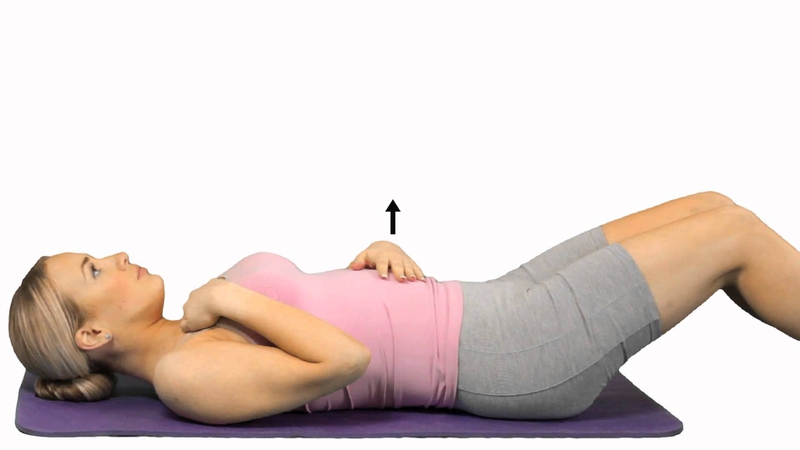Wondering about the best way to breathe when running? The truth is, there is a right way and wrong way of breathing. It may not come naturally to many people so it is a habit you might have to develop. Running coaches often advocate for beginners in the sport to start off with breathing basics. This helps build a good foundation for the athlete. Generally, learning how to breathe properly while running can enable you to run longer and faster with way less effort. It can also help prevent stitches and painful side-aches during practice. Below are some handy tips for breathing when running.

Tips for Breathing When Running
Take Deep Breaths
You should breathe with your belly, not your chest. The lungs are almost as big as your rib cage which extends all the way down to your tummy. However, many people only use the top third of this organ to breathe. You should ensure that your belly is moving in and out with every breath you take. This way, you’re expanding the lungs, pressing down on your diaphragm and expanding your abdomen as you fill the lungs with air. This technique allows you to take in more oxygen and consequently prevent dizziness and nausea. You should also make a habit of taking longer breaths. It will maximize the amount of oxygen you get into your body with every breath. This will help increase your endurance a great deal.
Keep Your Mouth Open
One of the best kept secrets for how to breathe when running is keeping your mouth open. You need as much oxygen as you can get when you are running. Your nose is not as wide as your mouth, so keeping your mouth open allows you to take in more air than you normally would. The best runners have learnt how to breathe through their mouth and nose at the same time to maximize oxygen intake. Restricting breathing to your nose will only slow you down.
Find A Breathing Pattern
Do you have a breathing pattern? If not, you need to find one. A good trick is to try coordinating your breath with your footsteps. This helps with consistent breathing throughout the run. Try out different breathing patterns to figure out what works best for you. For a low intensity run, a rhythm of 3:3 is recommended. This means taking 3 steps while breathing in and 3 steps while breathing out. This should change with intensity. For a medium intensity run, you should go with a breathing rhythm of 2:2. For high intensity runs, a rhythm of 1:1 will do just fine. These patterns are not cast in stone and you can always vary them to suit your needs. In fact, there are studies that reject the notion of a breathing pattern when running. Whatever you opt for, make sure that you’re taking deep regular breaths for optimum performance.
Tips that you cannot miss from an experienced runner and instructor:
How to Be a Better Runner
Training
Want to know how to breathe when running? A little stretching and training will go a long way towards getting you to your full potential and increasing your endurance. You should make a point of cross training with Pilates and yoga to help you learn how to breathe from the tummy.
Talk Test
Use the talk test to find out whether your breathing is okay. You should be able to talk as you run without huffing and puffing.
Do Breathing Exercises
You can actually practice how to breathe and get better at it. Your lungs, just like your heart and muscles can be strengthened through exercise. Take deep breaths with your tummy while lying on your back. Place your hand over your tummy to ensure it moves up when inhaling and down when exhaling. Hold each exhale or inhale and count to 8 before release. Repeat for about 5 minutes.
Swimming
If you want to improve your breathing, you should take up swimming. This is one activity that places emphasis on breathing. You will learn how to control your breathing since you must coordinate your breathing with your strokes.
Jog Regularly
Jog or run regularly. This will help improve your breathing over time. You will be able to breathe more efficiently when you are in better shape aerobically. Make a habit of running every day and you’ll be amazed at the results. This is one of the best tips on how to breathe when running.
No smoking
Stop smoking. Cigarette smoking can cause lung damage and make it much more difficult to breathe while running.
Side Stitches
Do you get side stitches every time you run? Side stitches occur when you place undue stress to the diaphragm. The problem is usually compounded by shallow breathing since your muscles don’t get enough oxygen for optimum performance. If you want to reduce the occurrence of side stitches, make sure to inhale and exhale fully and deeply. Beginners tend to experience side stitches a lot. Keep at it and the frequency of the side stitches will reduce with time.


View All Comments /Add Comment